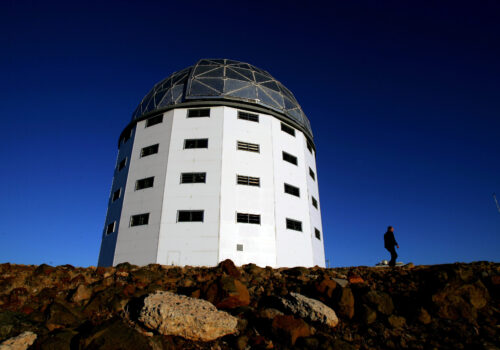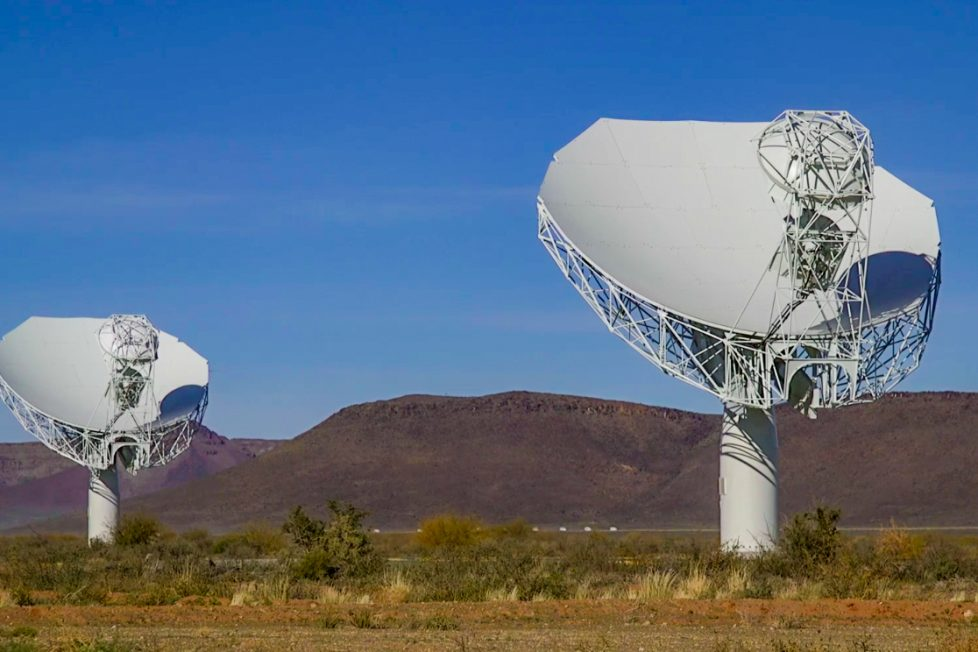Introduction

East Africa’s proximity to the equator gives it a unique geographic advantage in the global space industry—an asset that remains largely untapped. As nations around the world compete to expand their launch capabilities, regions near the equator are being closely examined for their efficiency and cost-effectiveness in satellite deployment. With countries like Kenya and Uganda showing increasing interest in space exploration, the idea of developing a regional spaceport is gaining traction. This article explores East Africa’s potential as a satellite launch hub, evaluating the strategic, technical, and economic opportunities such a development could bring to the region.
Geographical Advantage: Why the Equator Matters
One of the most compelling arguments for an East African spaceport is geography. Launch sites located near the equator can take full advantage of the Earth’s rotational speed, which provides a natural boost to rockets heading into orbit. This reduces fuel consumption, lowers costs, and allows for the launch of heavier payloads—a significant incentive for commercial and governmental space missions.
Countries such as Kenya, Somalia, and Uganda sit within or very close to the equatorial belt, making them ideal candidates for such infrastructure. In fact, Kenya already has historical experience in this area, having hosted the San Marco Launch Platform in the 1960s and 70s through a collaboration with Italy. Though now defunct, the site at Malindi demonstrated the viability of East African spaceports in practice.
Regional Collaboration and Infrastructure Readiness

Building a spaceport is a complex and costly endeavor that goes far beyond a suitable launch site. It requires robust infrastructure—roads, telecommunications, power supply—as well as secure political environments and regulatory frameworks. East African nations are beginning to make strides in these areas, supported by the African Union’s growing interest in developing a continental space strategy.
A collaborative regional approach could help spread costs and share expertise. For instance, Kenya’s technical know-how, Ethiopia’s educational institutions, and Rwanda’s digital policy leadership could collectively contribute to building and managing a launch facility. Such collaboration would also position East Africa as a unified space economy, attracting investment from international partners and private space companies.
Economic and Scientific Benefits for the Region
A regional spaceport would do more than launch satellites—it would serve as a driver for economic development. The space industry has a broad impact, creating opportunities in manufacturing, logistics, engineering, tourism, and education. Hosting a launch site could stimulate domestic aerospace industries and create thousands of skilled jobs, particularly for youth in science, technology, engineering, and mathematics (STEM) fields.
In addition to economic benefits, a regional launch hub could also enhance access to space for scientific missions. Universities and research institutions in East Africa could participate more actively in satellite deployment and low-cost payload launches, enabling real-time data collection for agriculture, disaster management, and environmental monitoring.
Challenges and Considerations
Despite the promise, several hurdles stand in the way of developing a viable spaceport in East Africa. Political stability, cross-border coordination, and sustained funding remain key concerns. The high cost of construction and regulatory compliance must be balanced against other pressing national priorities such as healthcare and education.
Moreover, safety and environmental concerns must be addressed. Rocket launches generate emissions and may affect local communities. Transparent environmental impact assessments and public engagement would be crucial in gaining regional and international support.
Conclusion
East Africa has a golden opportunity to position itself as a strategic player in the global space economy by leveraging its equatorial location. A well-planned and collaboratively managed spaceport could transform the region into a hub for satellite launches, technological innovation, and economic growth. While challenges remain—especially around infrastructure and coordination—the vision of a shared East African spaceport is not beyond reach. With political will, strategic investment, and international partnerships, East Africa could soon become a launchpad not just for rockets, but for regional development and scientific advancement.


